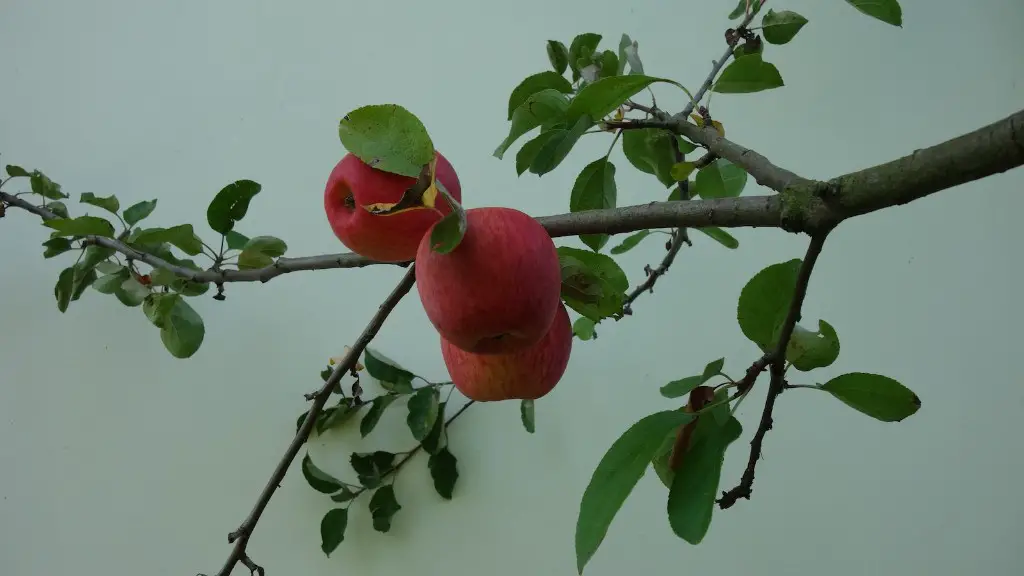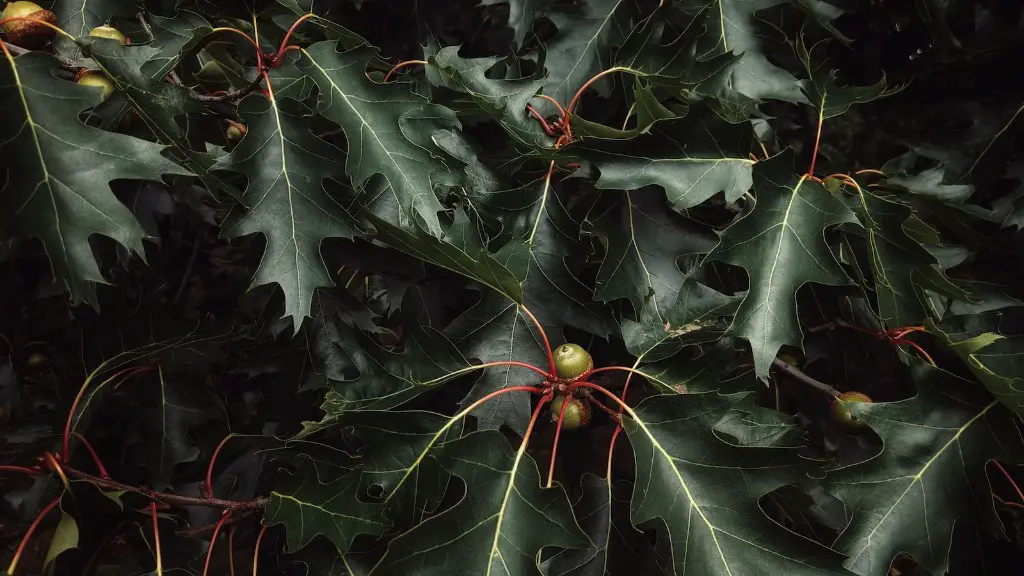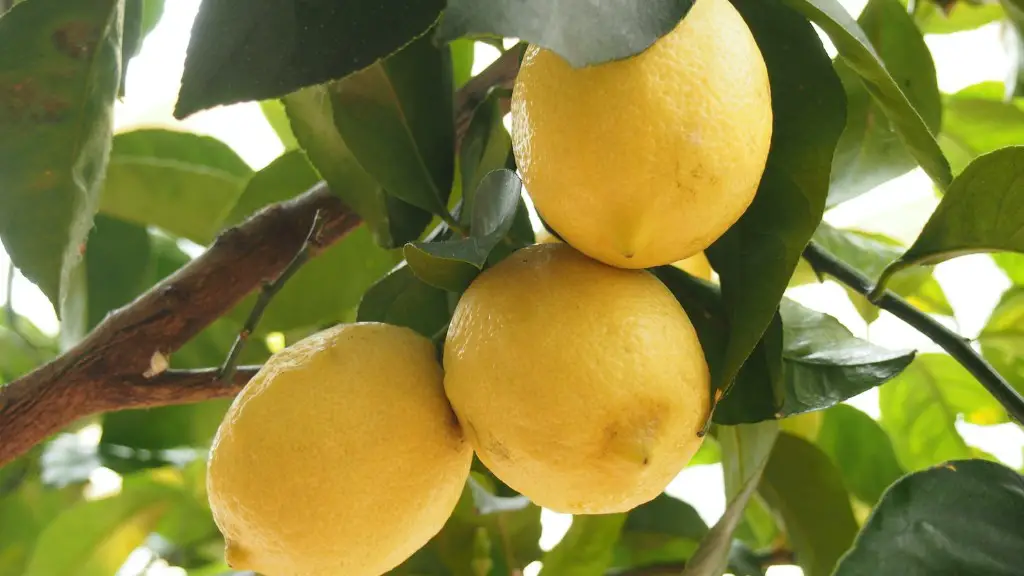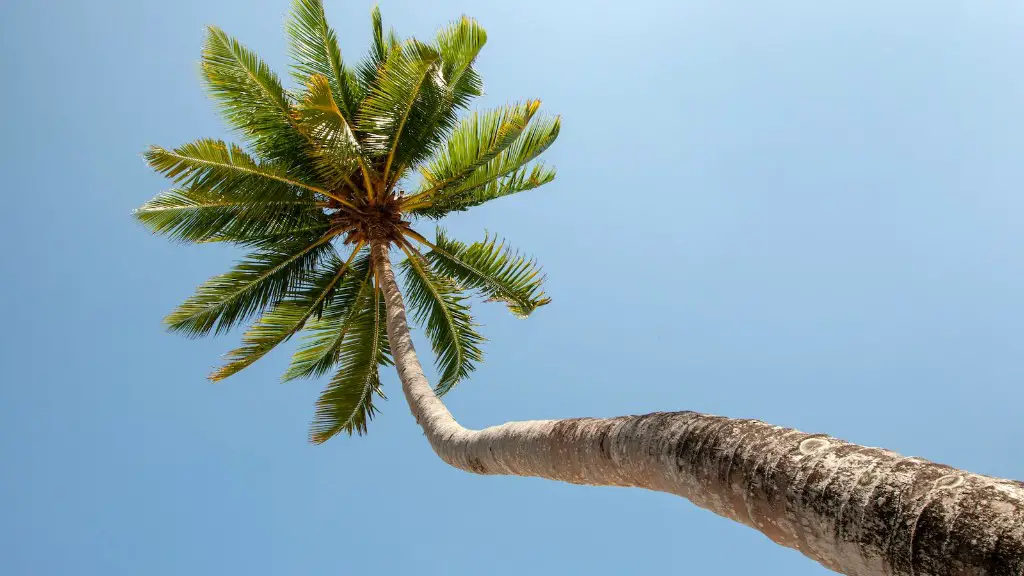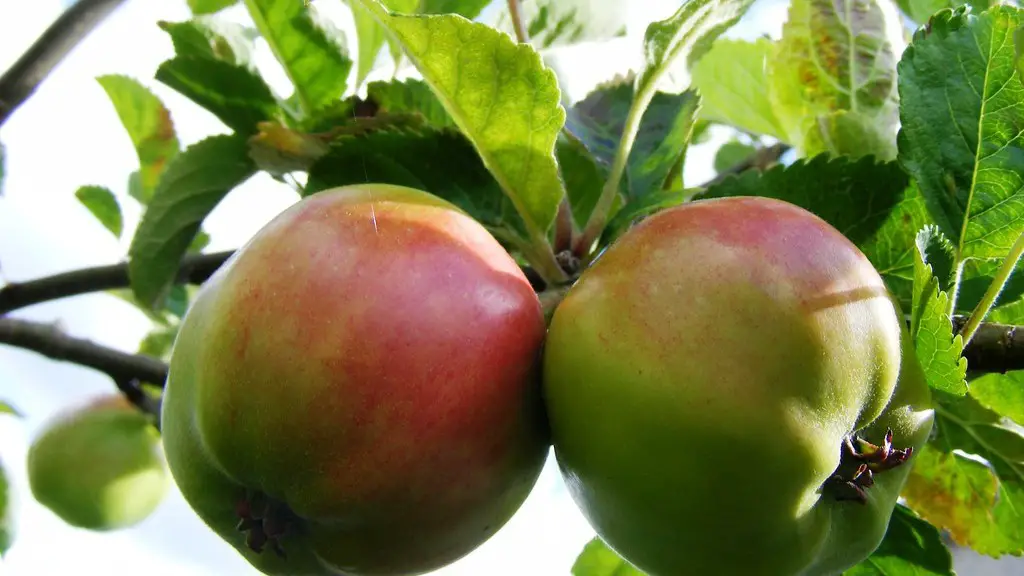For those ever curious about how to grow bonsai avocado trees, the journey to miniature fruit production may appear intimidating. After all, few have the luxury of having a bonsai master at their disposal to dispense wise advice. However, the truth is that bonsai avocado cultivation is surprisingly easy. With basic gardening tools and a bit of patience, miniature avocado trees can be cultivated in both outdoor and indoor spaces.
When starting bonsai from an avocado seed, it is important to select a ripe fruit. Check for a deep-green color, a round shape, soft yet slightly firm texture, and a sweet, savory smell. If possible, choose organic fruits with little to no bruising or discoloration. The next step is to cut the avocado in half, carefully scoop the pit and clean off all flesh. Then, using three toothpicks, suspend the seed with the pointed base facing downward in a jar of water. Leave the top two-thirds of the seed exposed.
Water and Air Temperature
Wait approximately two weeks for the seed to sprout. Once two sprouts appear, only one should be allowed to survive in order to keep the tree manageable size-wise. The jar should remain in bright yet indirect sunlight, such as a windowsill, where the water can be changed regularly. Depending on the outside temperature, it may be necessary to place the jar in cooler or warmer locations to maintain a balanced air temperature for the seed.
Optimal water temperature for bonsai avocado trees is 75-80 degrees. This can be achieved by topping off the jar of water with warm water every 2-3 days and placing the jar in a sunny spot. As for air temperature, the seed should remain around 64-68 degrees; this can be difficult to maintain depending on the environment.
Soil Medium
When the stem of the bonsai grows between 6 and 8 inches, it’s time to transplant the tree. This is an exciting and rewarding stage! An ideal potting soil is 80% quality bonsai soil, 10% peat moss, while the remainder consists of other organic and inorganic materials such as perlite, pine bark, and/or pumice.
The avocado tree should be transplanted into a pot slightly deeper than the original pot. During transplantation, it is important to leave the upper part of the pit visible and to secure the seed in the soil in an upright position. Carefully loosen a surface layer of the soil for the roots to spread.
Fertilizer and Pruning
Fertilization is an important yet often overlooked part of bonsai avocado tree cultivation. An equally balanced fertilizer in an 8-8-8 formulation should be used every 1-2 weeks depending on the soil quality. Make sure to pierce the soil with a thin metal rod before fertilizer is added.
Tree pruning should start 1-2 years after transplantation when branches and leaves begin to appear. Pruning is often done twice in the spring and summer months. During this time, it is important to remove diseased parts of the tree, clear out unproductive branches, and thin out foliage.
Indoor Bonsai Avocado Care
Indoors, the avocado bonsai tree should be positioned near a large sunny window. Duringwinter, it is important to place the tree in a warm room with temperature of at least 55-60 degrees. A south-facing window should be used as much as possible in order to take advantage of the sun’s energy.
Temperature variations of slightly higher and lower degrees are not necessarily detrimental to the plant health, however, it is important to ensure that cold drafts do not enter the area where the tree is kept. To reduce the effects of cold drafts, indoor gardeners may opt to enclose the avocado bonsai tree in a terrarium, using stones and sand.
Hands On Approach
For those interested in a hands-on approach to cultivating bonsai avocado trees, experts recommend researching the different styles of cultivating bonsai, such as Formal Upright, Informal Upright, Slanting, or Cascade. Once these terms are understood and a preferable style is selected, determining the basic design framework (including tree direction and trunk angle) becomes easier.
The bonsai avocado tree should receive regular attention in order for it to be healthy and well-maintained. Water regularly and lightly; avocados are known to be sensitive to over-watering, especially when they are young. Monitor the tree’s state carefully, including leaves, pests, shape, and pot.
Soil Quality
A key factor in successful avocado bonsai tree cultivation is quality soil. A bonsai soil should have organic limitations, so organic soils should really only be used sparingly; organic materials take longer to decompose and can cause roots to rot. It is important to ensure that the soil is well-draining, providing enough space between particles for water to properly pass through. Repotting every three years is essential in order to replenish the soil.
In terms of soil nutrition, bonsai avocado trees require quality, balanced fertilizers such as 10-10-10, as mentioned before. If a home lab test reveals that the soil contains too much nitrogen, for example, experts suggest adding phosphorus or potassium to bring it back into balance.
Pruning and Wiring
Once the bonsai reaches a foot in height, it’s time to start pruning and wiring. Pruning should occur during the early morning hours, while stem wiring should be done while the tree is still one year old. Wiring helps to shape the tree by slowly bending the stem in the desired direction. When the stem is soft and completely bent, the tree should be left alone to adjust to its new shape.
Finally, it should be noted that bonsai avocado trees require more frequent pruning than other varieties. To keep the leaves and branches small and manageable, regular trimming is essential. Late winter and early spring are ideal times to prune mature trees. Beginner growers may find it helpful to use diagrams when pruning, as this can sometimes be an intimidating process.
Light and Shade
Another key factor in successful cultivation of a bonsai avocado tree is the amount of light it receives. If the tree is placed outdoors, wait until daytime temperatures reach 65 degrees before moving it outside. If the tree is kept indoors, try to choose the sunniest room in the house and dust the leaves often. When kept outdoors, the tree should be shaded from afternoon sunlight, as this will stop the tree from dehydrating too quickly.
Bright light is also essential for flowering and fruit production. If the tree is indoors, opt for a south-facing window, as this will allow more light to penetrate the tree. If the tree is kept outdoor and fruit production is desired, ensure that the tree is placed in a sunny spot.
Pest Control
Avocado trees can experience pest invasions, just like any other fruit tree. To help protect the tree, keep it in a clean environment and away from other infected trees. During summer and spring, take care to inspect and treat the tree for any signs of pests. If a pest invasion occurs, opt for a solution that is eco-friendly and won’t harm people, animals, or other plants.
Furthermore, it is important to be aware of fungal and viral diseases, such as rots, molds, and root rot. These diseases can be difficult to diagnose and even more difficult to combat. Fungal and viral invasions can decrease the tree’s lifespan with drastic effects, so it is essential to check the tree regularly.
Disease and Rot Prevention
Rot and disease prevention is important for bonsai avocado tree care, as the tree has little to no defenses. Start by observing the tree and making sure it’s getting enough water, sunlight, and nutrition. For outdoor trees, use fungicides or organic fungicides to keep the tree healthy. Opt for a product specifically designed for eliminating plant viruses and fungi.
Seasonal inspection and preventative actions are also critical in protecting the tree from diseases. The best time for inspection is during dormancy, when infection is more visible. If rotten spots or discolored leaves appear, remove those parts of the tree and discard properly.
If mould appears, move the tree to a more well-ventilated spot and use an anti-mildew spray. Fungal invasions can be stopped by using a fungicide. Again, use an organic fungicide to keep the tree environment safe.
Fruit Production
The most rewarding part of cultivating a bonsai avocado tree is its eventual fruit production. This may take three or four years, or even longer. During this time, it is essential to monitor the tree regularly and consistently to ensure optimal health and fruit production. Timely pruning, proper positioning, and wise use of fertilizers are all key factors for miniature fruit production.
Finally, don’t forget that the fruits of your labor will not always be immediate. Be patient and enjoy the process of bonsai cultivation. Learning about bonsai avocado trees may appear intimidating at first, but with proper information and practices, a miniature avocado tree can be cultivated from the comfort of your own home.
